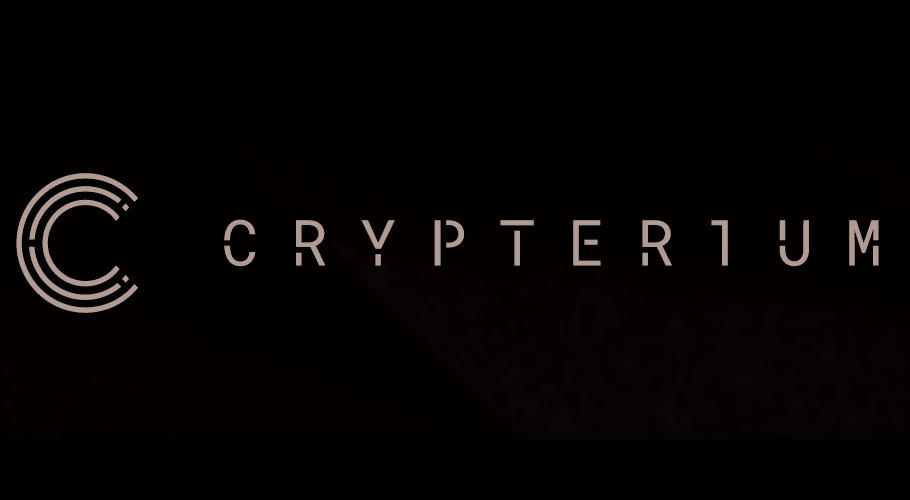In early December the Estonian company Crypterium, which is planning to introduce the world’s first mobile crypto bank, was suddenly faced with an unusual growth in the number of visitors to its token sale. Both the project’s website and platform were knocked out of service. According to a founder of Crypterium, a carefully planned DDOS attack was behind the crash.
Crypterium started its ICO in late October. The project’s creators plan to collect around $75 million over the course of a few months. These funds will be used to finalize development of the platform, which is scheduled for public launch as early as Q1-2 of next year. The DDOS attack coincided with the final stage of the token sale and the start of development of the crypto bank according to the project’s roadmap. ICOBox, the organizer of the ICO talked with a representative of Crypterium.
Were the problems with access to the Crypterium platform the result of heavy demand or an invasion of bots?
Gleb Markov, COO, Co-founder: The main website and platform have been experiencing a heavy workload since the start of the ICO, with more than five million people visiting the Crypterium.io website since the token sale commenced. In real time, the figure reached as high as five thousand people on the website at the same time. Not all popular web resources can boast of that level of traffic. At present, more than 100,000 people have registered for the Crypterium ICO, and the number of token holders has topped 18,000 (while an average ICO sees 4-5 thousand buyers). All this time we were successfully managing the workload.
So, is it enough to increase the server capacity to resolve the issue?
We don’t like to talk about it because someone is playing kind of a dirty game here, but several times over the last couple of days we have had ward off serious, well-planned DDOS attacks. Someone has been trying with enviable persistence to overload our DNS server, spending their time and no small amount of money to do so, inventing complex operating schemes for the bots to imitate the behavior of ordinary users. We registered up to seven thousand connections by obvious bots at the same time.
What did the DDOS attack accomplish? Was the Crypterium platform disabled?
Security successfully repelled the attack on the primary domain, but the tokensale.crypterium.io platform was periodically placed at risk. Add in a large number of registered users and the high level of requests on the platform, and you get the situation that we have seen over the past few days. The flurry of activity of users, together with the bot attack, places the Crypterium ICO on a par with the largest token sale projects in 2017 and establishes strict demands on the performance and fault tolerance of the system.
Interviewer: A large-scale targeted attack is costly. Who stood to gain from it?
The most obvious answer is competing projects, regardless of whether they are planning to hold their own ICO or are launching without an initial coin offering. Crypterium is a powerful player, with leadership ambitions. Although our app has not even gone live yet, we are already supported by tens of thousands of people. These people, who come from around the world, will be our users. Naturally, our success frightens our competitors.
Interviewer: Are we talking about startups on the cryptocurrency market?
Representatives of the traditional, obsolete banking industry may also be interested in this, and by that, I mean traditional banks. They can sense that their era is ending, their coming oblivion. Projects in the crypto-economy will, of course, take a large piece of their pie, and banks do not want that to happen. Whoever is behind the attack has ample resources, as a DDOS attack involves a lot of expenses. In any case, they did not derail us. Even if we had suspended the sale of tokens before the DDOS attack, we would still have issued enough tokens.
Interviewer: Ok, the attack by competitors did not achieve its goals. But it probably won’t be the last one, right? Are you prepared for a repeat of the crash?
Right now, the problem has been localized and resolved. Everything has been done to ensure that it does not happen in the future. The technical specialists at ICOBox, which developed the platform and organized our ICO, including Taras Kozlov and Daniel Minkov, were a great help in this. Co-founder Mike Raitsyn also got involved and took the situation under his personal control.
Interviewer: As a result, when will the automatic distribution of tokens through the Crypterium platform begin?
Considering that the efforts of our technical specialists have been directed exclusively at eliminating the problem of access to the platform over the past few days, the completion dates for the withdrawal of tokens have been moved back. It is useless to distribute tokens if the platform itself is not working. Therefore, the preparations for the withdrawal of tokens are underway right now, and have high priority.
Interviewer: Do you have a ready blueprint for surviving a DDOS attack during an ICO?
DDOS attacks are a common problem for any popular ICO. If you hold an ICO and you are not attacked by bots, it is safe to say that the market is simply not interested. It is important to ensure the safe access of users to accounts and wallets. I would recommend bringing in so-called “white hats” (ethical hackers – author) to search for vulnerabilities prior to the start of placement of tokens. If we are talking about the problems of peak loads during attacks, you should not ignore the existing security tools on the market. Don’t panic if these situations arise, just calmly solve the problem.
